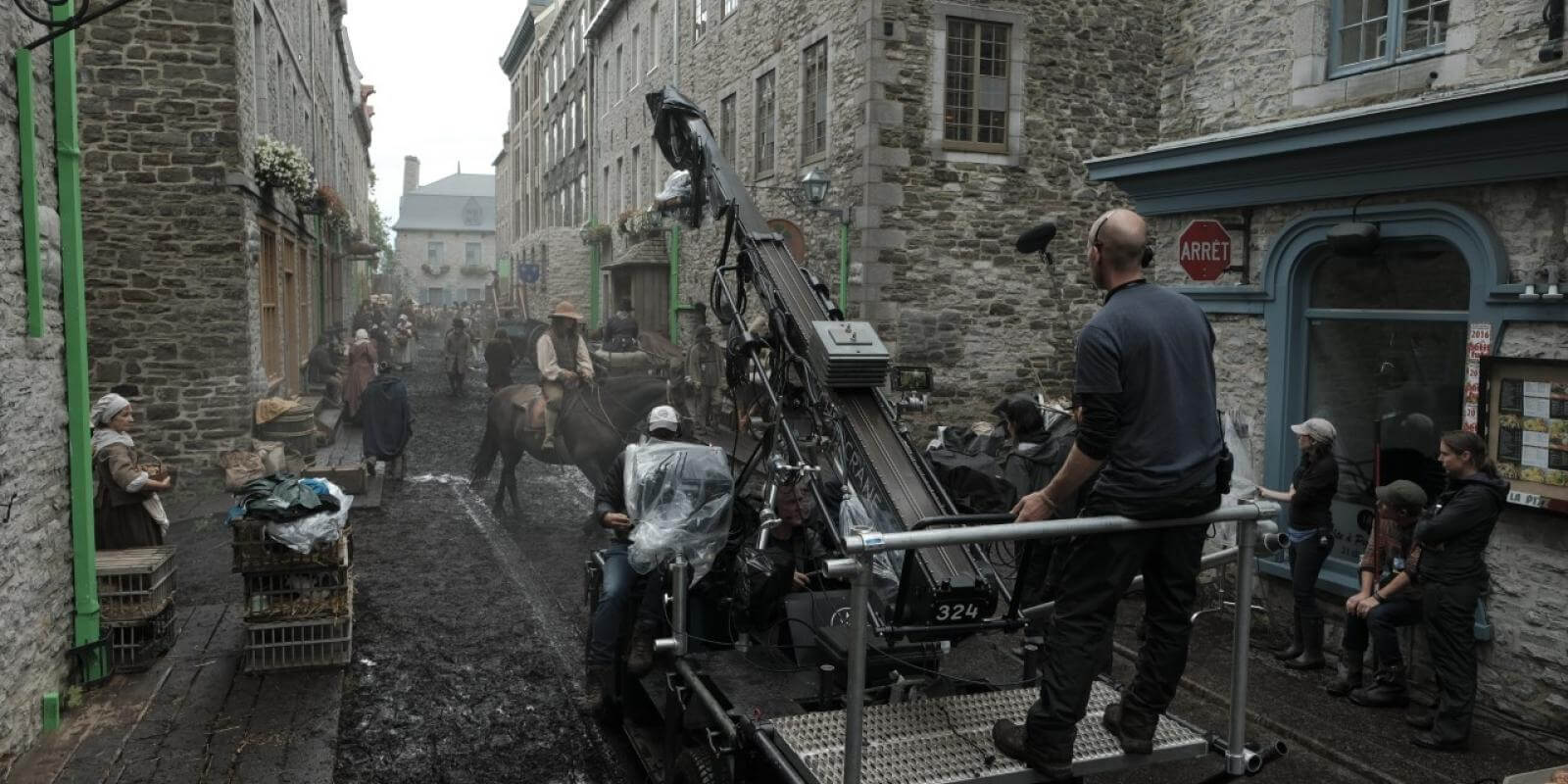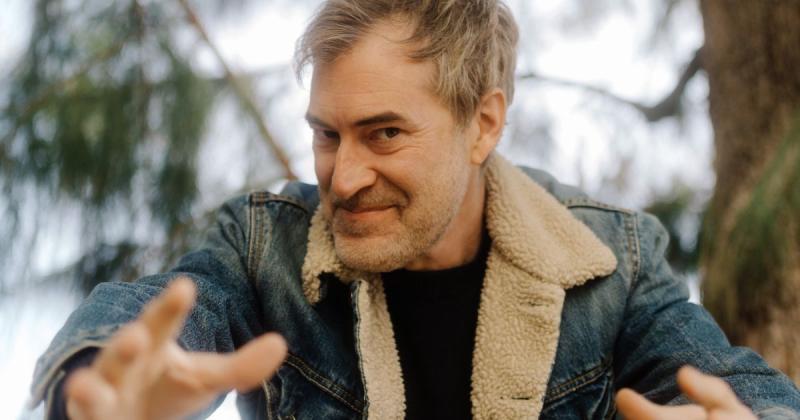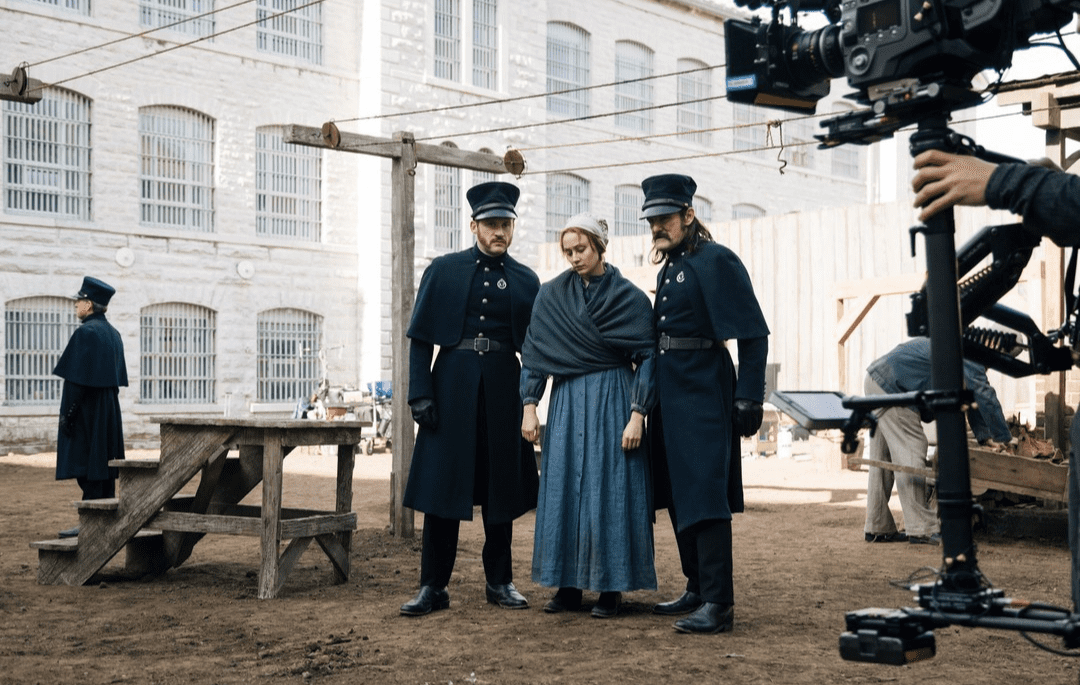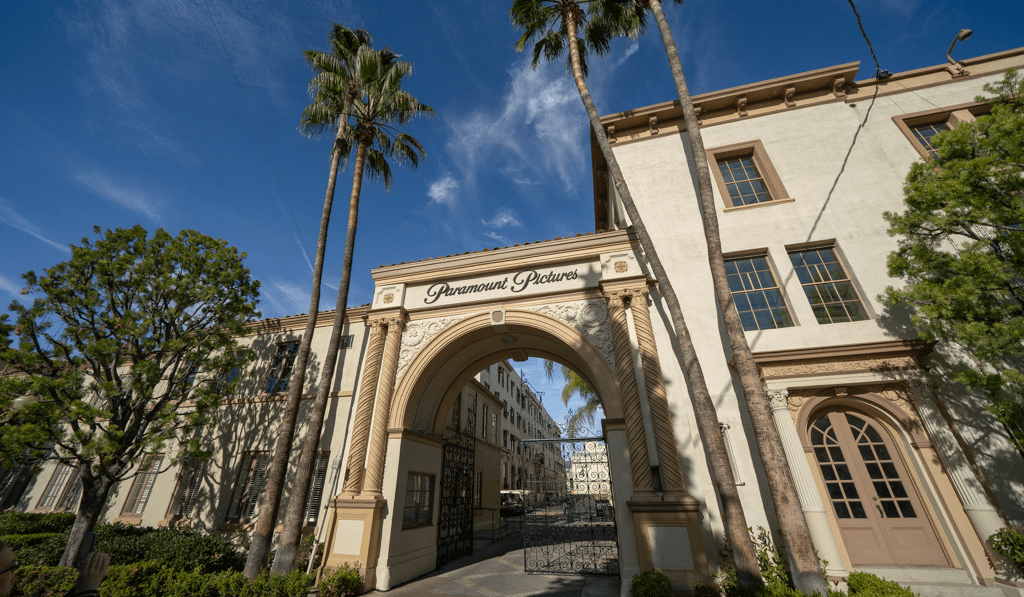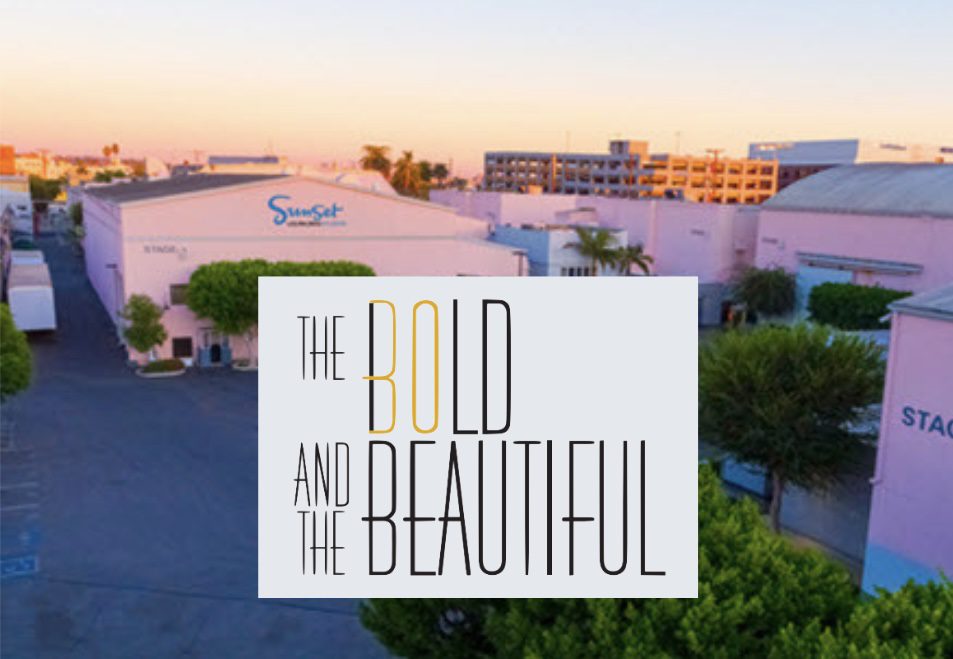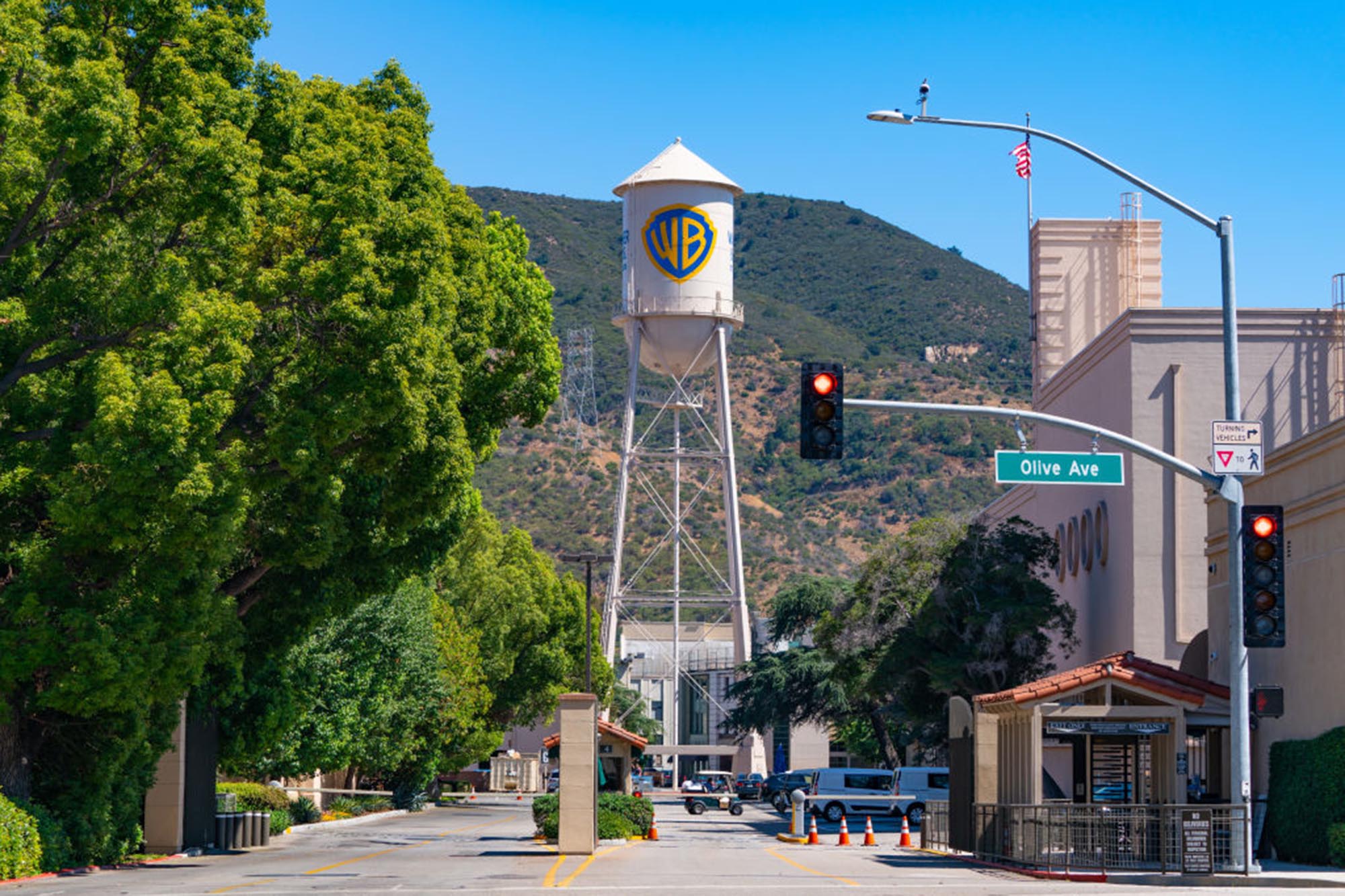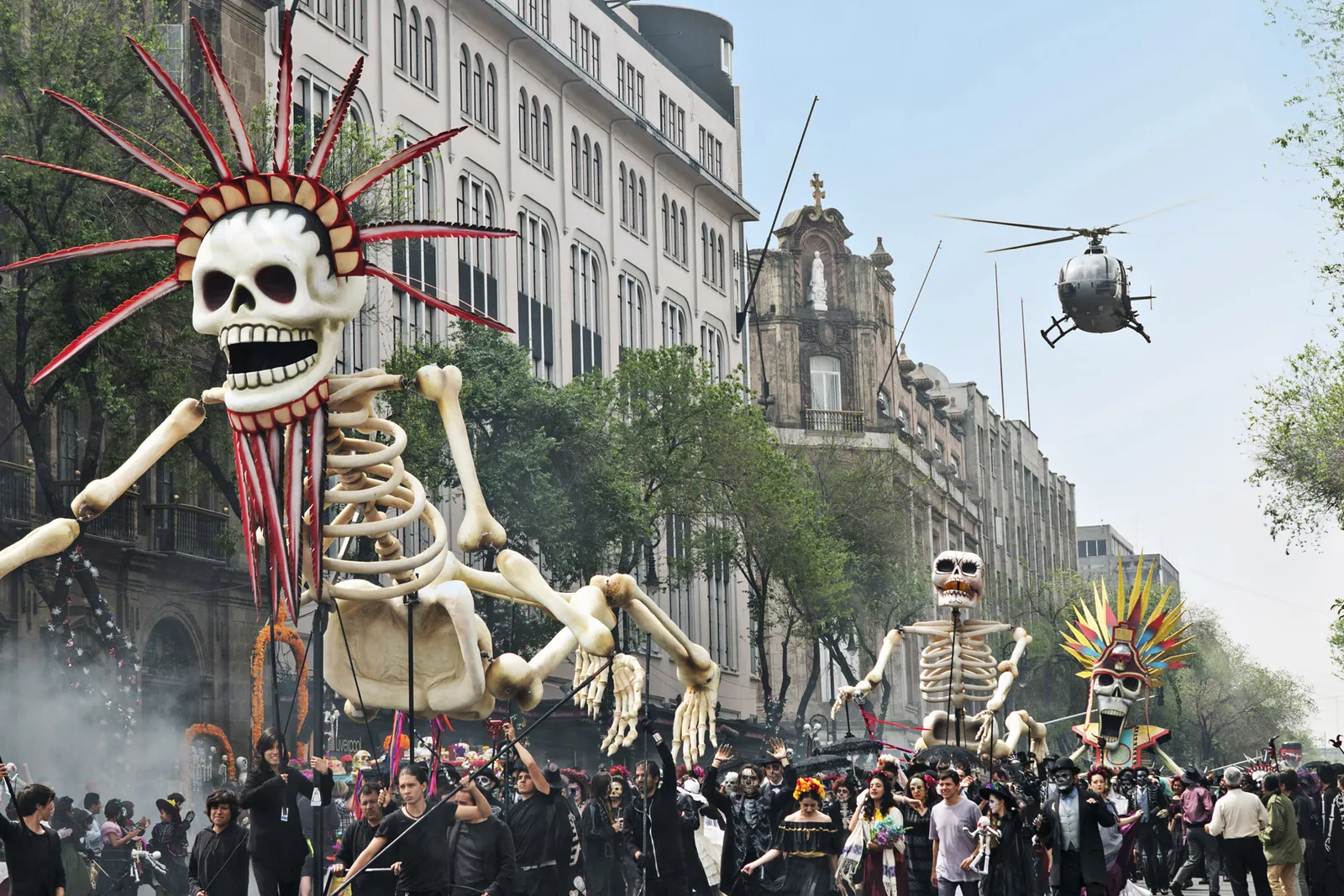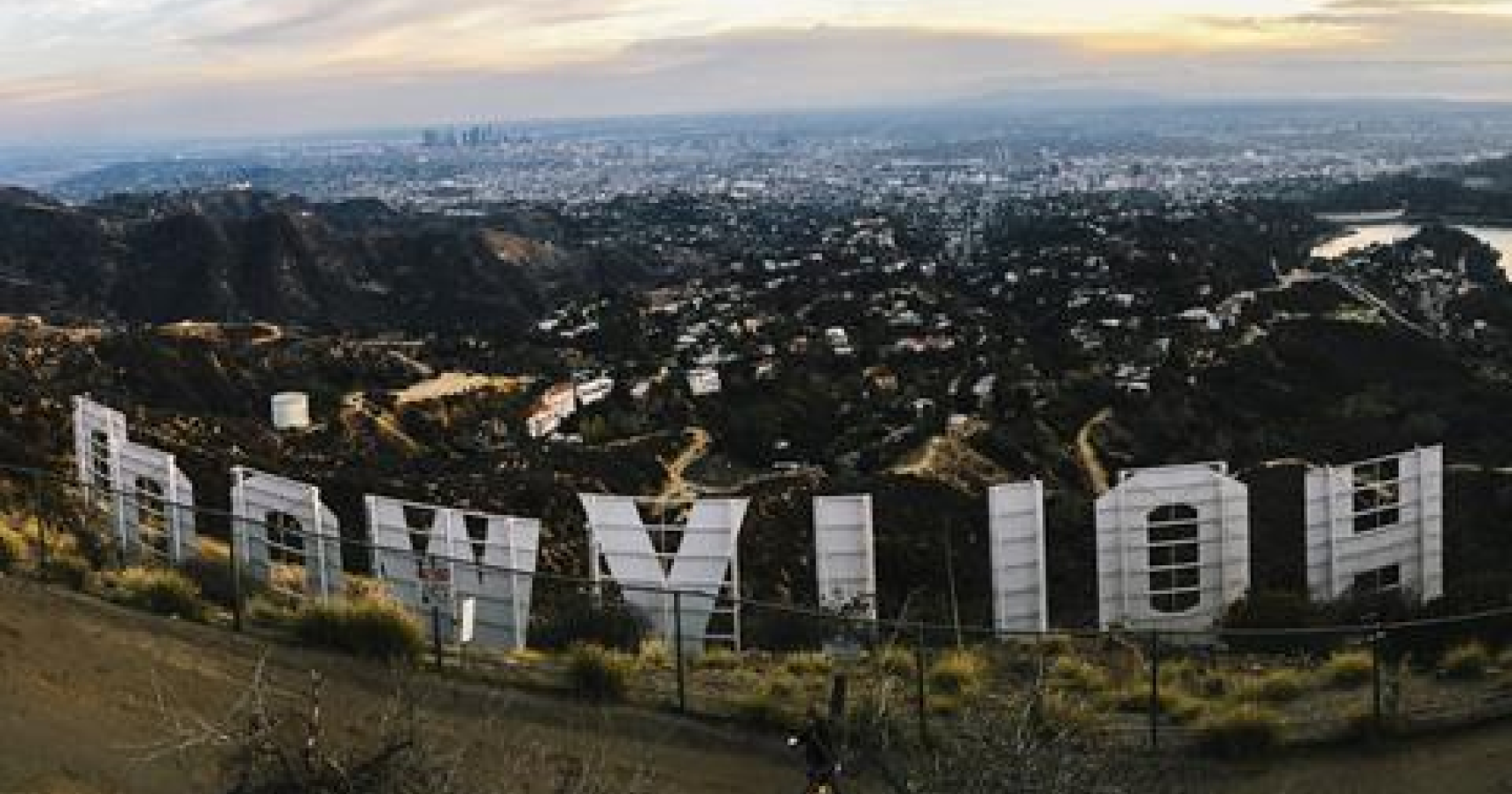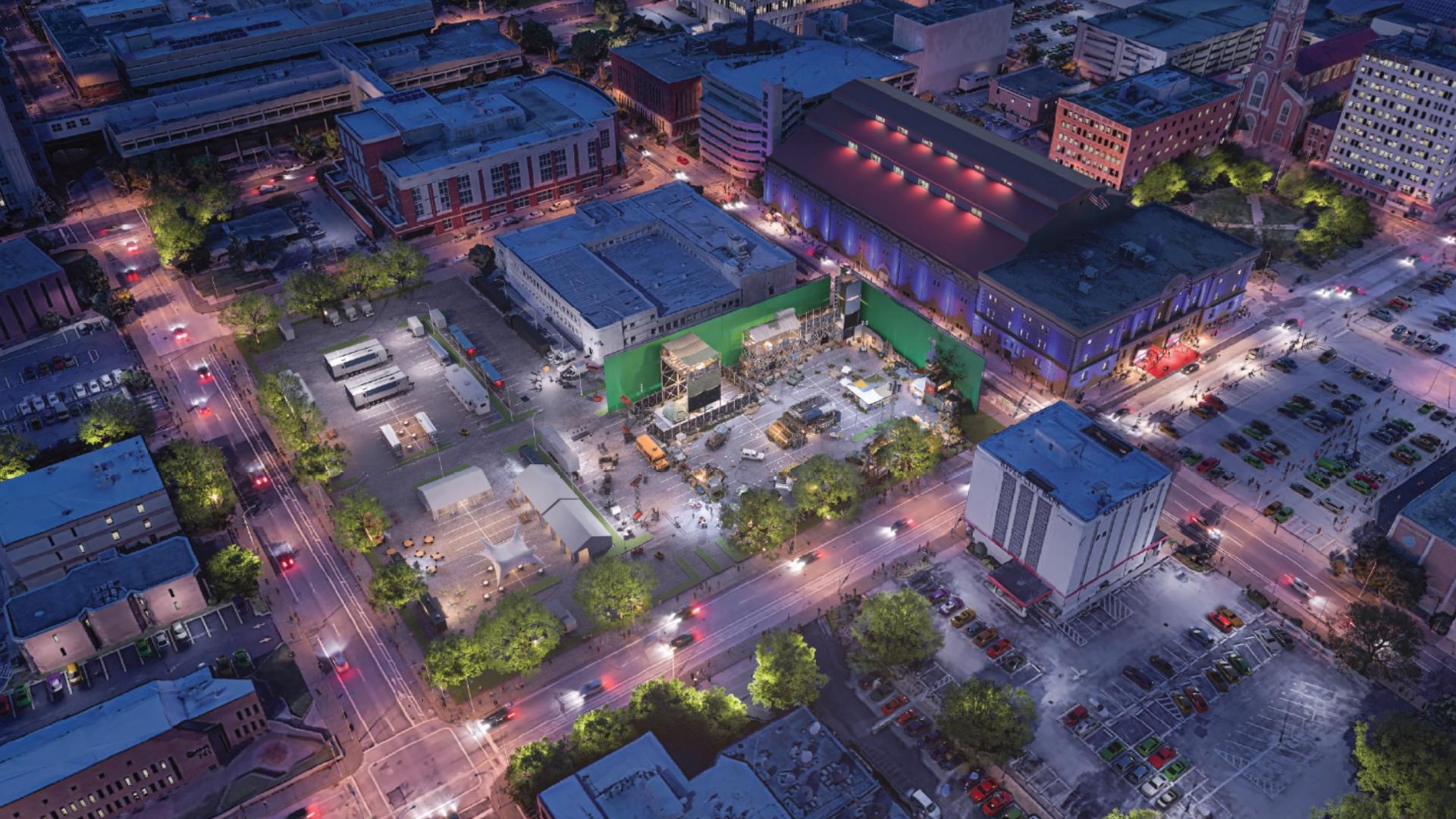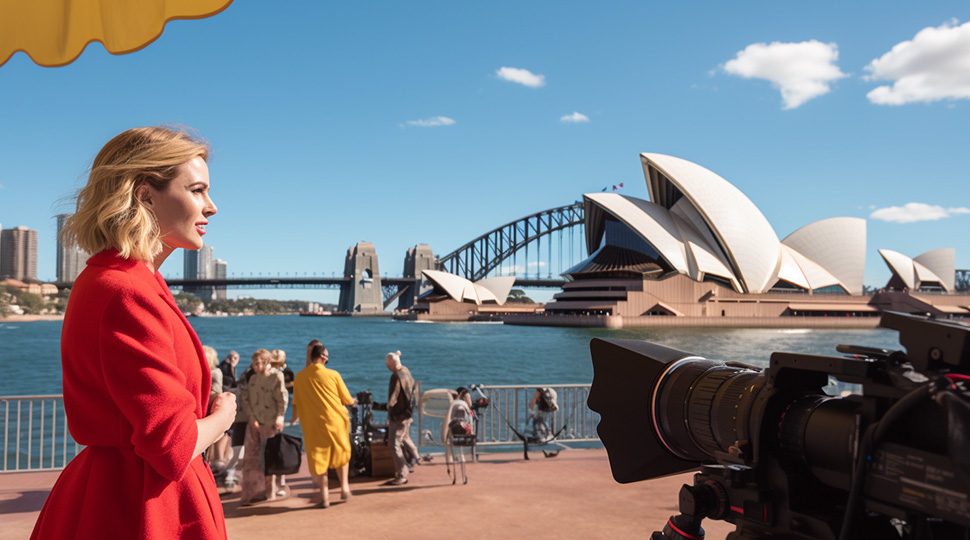With the effects of the 2023 strikes growing smaller in the rearview mirror, Quebec has fine-tuned its incentives and is revving up for more than just a simple recovery in 2024.
In January, the Quebec Film and Television Council warmed up post-strike Hollywood with a trade mission to reacquaint producers with the province’s strengths: a deep crew base (57,000 pros work in the audiovisual sector, roughly 27,500 of those on international productions); state-of-the-art soundstages near downtown Montreal; diverse locations; world-class animation and post-production studios; and a large VFX hub of award-winning talent.
On March 12, La Belle Province made itself even more attractive by increasing its all-spend refundable tax credit for eligible service productions (CSPC) from 20% to 25% in the government’s 2024-25 budget.
SODEC, the government agency that jointly administers tax credits with Revenue Quebec, told Variety via email that the budget also adjusted the tax measure for computer-aided animation and special effects, including scenes shot in front of a chroma key — the 16% bonus applies to eligible labor expenditures (capped at 65% of an animation or VFX service contract).
On the surface, Quebec’s hardy production ecosystem and pre-strike financial stats have been signaling a smooth ride ahead. In 2021, Quebec took in $2.5 billion in indirect spending, which included a record $470 million in foreign productions, not to mention $951 million in VFX and animation.
Although 2022 numbers looked solid, folks on the Quebec frontlines were well aware that big studio movies were not dominating Canada’s foreign production landscape as they once did and that growth in series production (in particular, the streamer variety), while welcome, might not keep the sector’s bottom lines steady if the CSPC remained status quo.
From April to November 2023, the Quebec Film and Television Council — a nonprofit dedicated to developing the sector’s competitive edge in the marketplace and a key connection point for potential foreign producers — worked with industry stakeholders to examine provincial funding and incentives and submit recommendations to the government.
The March 2024 timing of the 5% tax credit increase “was crucial and certainly welcome,” says QFTC CEO and president Christine Maestracci. “We’ve got high-caliber infrastructure — including new stages and virtual production stages — and real depth in our crews, as well as one of the largest VFX hubs in the world, but we needed this additional push on the financial side.”
She says the increase will help Quebec come back strong and let the world know it is “more competitive than ever.”
Serendipitously released in North American theaters in March, just after the tax credit bump news, “French Girl” is a bilingual throwback rom-com set in Quebec about a New York English teacher (played by Zach Braff) and a French-Canadian chef (Évelyne Brochu).
Shot before the strikes exclusively on location in scenic Quebec City and Montreal — where roughly 85% of Quebec’s screen production happens — the film is the directorial debut of L.A.-based writer-duo James A. Woods and Nicolas Wright (“Independence Day: Resurgence”). It showcases a particular joie de vivre found in Quebec cultural life — one that has charmed audiences and visiting filmmakers for decades.
“Growing up in Montreal, we would go to Quebec City on school trips or family vacations. It’s truly the Europe of Canada and provided the perfect fairytale backdrop for our film,” Woods says. Quebec City hotel Chateau Frontenac “is a visual cornerstone — it’s literally the castle where our hero storms in the third act to win back his love. It’s an iconic building that we both stayed at multiple times as children, and we were grateful that the team there accommodated us so generously.”
Both Woods and Wright began their careers as actors in Montreal, working in various productions including big studio films. Wright appeared in “White House Down” (2013) from director Roland Emmerich. Emmerich, a frequent flyer to Montreal, struck a U.S. $10-million deal with the province in 2020 to shoot his next three disaster films there, starting with “Moonfall” (released in 2022).
“Hollywood has been shooting in Quebec for a long time and the crews there have been a part of some of the biggest franchises in the history of the business — they know what they’re doing,” Wright says. “And Quebec’s film community has been producing world class films for decades — some of the best filmmakers today are from Quebec,” he adds, mentioning Denis Villeneuve (the “Dune” franchise), among others.
While local production continued apace during the 2023 strikes, Quebec’s audiovisual sector, like others outside the U.S., was disrupted by the drop-off in international productions. Most years, 20% (roughly 200 productions) of the province’s annual output consists of foreign collaborations covering services, co-productions, animation and advertising, according to the QFTC. During the strikes, nearly half the workforce
was unemployed.
As soon as the actors’ strike ended, Montreal phones were ringing. Season 3 of CBS sitcom “Ghosts” (now in post) resumed production in December, and the city’s film sets have been filling up ever since. Sony’s “Karate Kid” reboot, Skydance’s Ryan Reynolds-starring “Mayday” and Apple TV+ series “Fox Trot” were rolling, with Amazon Prime Video series “Obsession” (an adaptation of the bestseller “56 Days”) gearing up.
The proximity of two major state-of-the-art studios — Grandé Studios and MELS — to downtown Montreal is frequently noted as a perk for foreign productions. Both studios host the gamut of screen production (including many notable Hollywood blockbusters and popular series), offer state-of-the-art equipment, and are regularly upgrading their inventories and expanding their services.
Grandé has 13 stages, ranging from 1,200 to 21,000 square feet, for a total of nearly 320,000
square feet spread over three separate sites. It also offers customized virtual production stages, as well as post-production and broadcast services. Its turnkey spaces feature in-house workshops, storage areas, warehouses and production offices.
The MELS campus has 20 stages ranging from 10,000 to 37,000 square feet, for a total of more than 225,000 square feet. It offers image and sound post-production, distribution and broadcast services, production trucks and trailers. MELS also has studios in Quebec City. “In 2022, we made major investments in our permanent virtual production stage,” says Jean-Philippe Normandeau, MELS VP of studios and international development. “This innovative technology, combined with the expertise of our specialized teams, takes our know-how to the next level as we continue developing our services for major international projects.”
Local production was sluggish in early 2024, but Telefilm Canada recently announced that 22 projects in the French market — some of them international co-productions — are receiving financing under its production program, representing a total financial commitment of $21.6 million, indicating that action will pick up.
Outside of Montreal and Quebec, the Laurentian and the Eastern townships — where Amazon Prime Video’s “Three Pines” mystery series was set and partially filmed — as well as Sherbrooke and Saguenay-Lac-St-Jean are attracting interest, not only as locations but also due to return of many industry professionals to their hometowns during the pandemic.
The QFTC runs regular year-round activities geared toward international producers — trade missions, in-person and virtual “familiarization tours,” location scouting trip, and CAFÉ (Conference, Animation, FX and Expertise) events —and collaborates with guilds (AQTIS 514 IATSE, DGC, ACTRA) and other stakeholders on ad hoc initiatives targeting specific areas for improvement.
In 2023, a film locations subcommittee was formed with the goal of streamlining access to buildings, parks and other sites that may be requested by foreign productions. “Given the vast size of Quebec and the various municipal and regional film offices, we saw the need for closer collaboration with location managers,” CEO Maestracci says. “This also allows us to designate substitute locations for major sites and distribute them throughout the province.”
Christian Lemay, president of the 8,000-member AQTIS 514 IATSE, which officially launched in 2021 following the merger of three unions that had operated independently for decades, says the new organization has revitalized the workforce of creative artists, craftspeople and technicians.
“Quebec has come very far in terms of labor relations,” he says. “We have one of the largest representations, with more than 200 categories across every type of production. We have a long tradition of filmmaking and TV making in Quebec, but there were gaps in our labor relations, and now we have it for the studios, the independent producers, the high or low budget, everything.
“The streaming companies have planted themselves more firmly in terms of production in Canada, and the industry is shifting, so those relations are progressing now.”
The best-kept secret that foreign producers should know about shooting in Quebec? “We’re doing things like everyone else,” Lemay says. “We’re doing labor relations like everyone else. We’re more integrated, we’re more competitive.”
The “French Girl” filmmakers have a different take on Quebec’s best-kept secret: “The streets are deserted at night. So when we shot our car chase sequence, it was drama-free from onlookers and traffic. It almost felt like a back lot. Truly amazing!”
Article originated in : Variety

